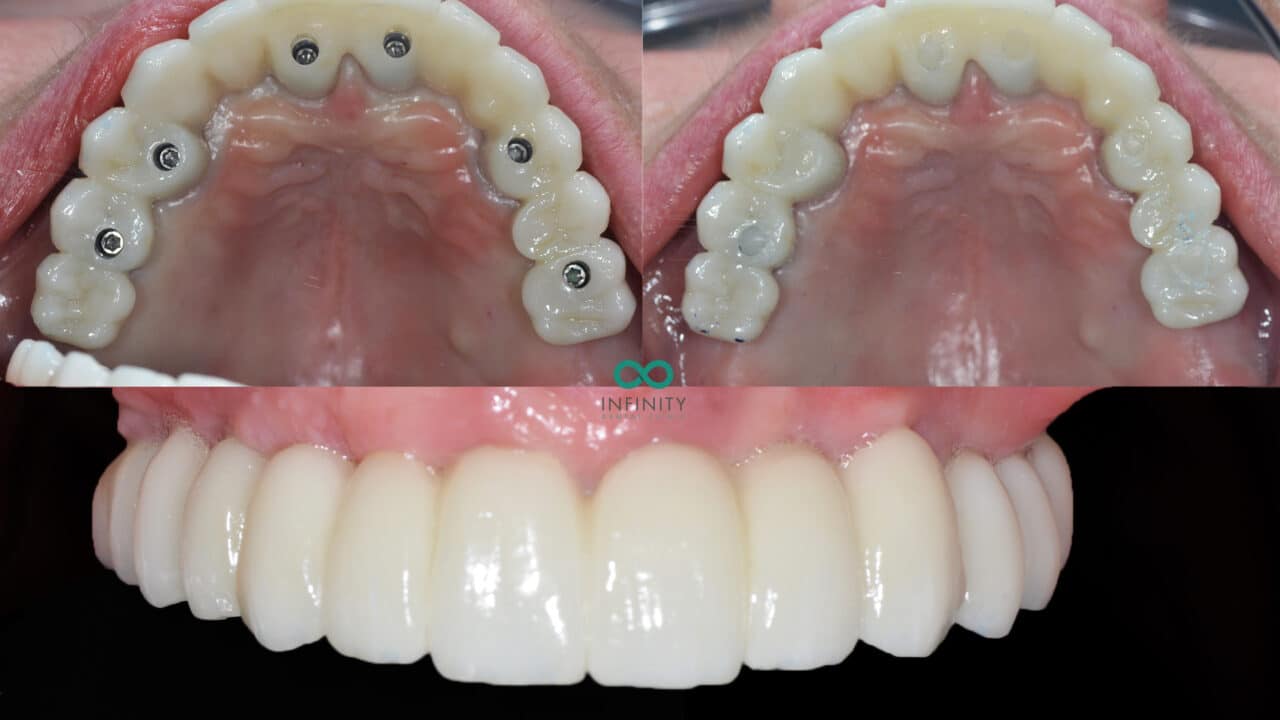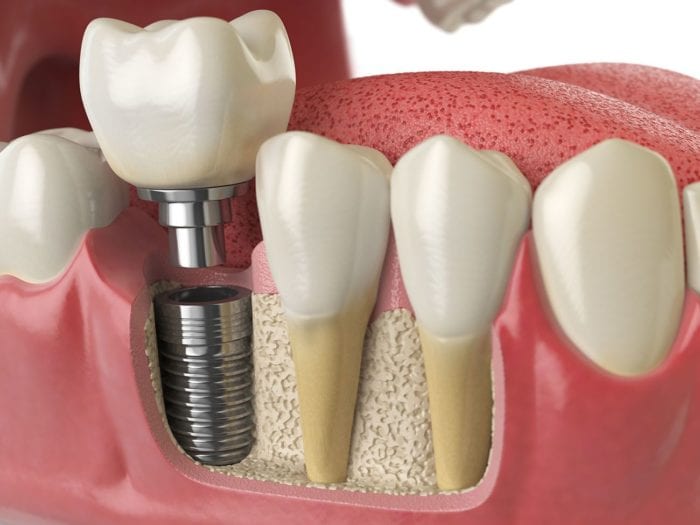The smart Trick of Dental Sense That Nobody is Discussing
The smart Trick of Dental Sense That Nobody is Discussing
Blog Article
Dental Sense Fundamentals Explained
Table of ContentsHow Dental Sense can Save You Time, Stress, and Money.Some Known Incorrect Statements About Dental Sense The Of Dental SenseMore About Dental Sense
are clinical tools operatively implanted into the jaw to bring back an individual's capacity to chew or their appearance. They supply support for synthetic (fake) teeth, such as crowns, bridges, or dentures. When a tooth is lost as a result of injury or disease, an individual can experience problems such as fast bone loss, faulty speech, or modifications to chewing patterns that cause discomfort.Oral dental implant systems include a dental implant body and oral implant abutment and may likewise consist of a joint addiction screw. Professional teeth whitening. The dental implant body is operatively put in the jawbone instead of the tooth's origin. The dental implant joint is typically connected to the implant body by the abutment addiction screw and expands through gums right into the mouth to sustain the affixed artificial teeth
(https://writeablog.net/dentalsense1/expert-solutions-for-wisdom-tooth-cavities-and-same-day-dental-implants)Structure of The Oral Implant System picking dental implants, talk with your dental service provider regarding the prospective benefits and risks, and whether you are a candidate for the procedure. Things to think about: Your total wellness is a vital variable in establishing whether you are an excellent prospect for oral implants, just how long it will require to heal, and the length of time the dental implant might stay in place.
Smoking might affect the healing process and lower the lasting success of the implant. The recovery process for the implant body may take numerous months or longer, throughout which time you normally have a short-lived joint instead of the tooth. the oral implant treatment: Meticulously comply with the oral hygiene directions offered to you by your oral copyright.
The 7-Minute Rule for Dental Sense
Implant failure can result in the demand for another procedure to deal with or change the implant system. Restores the capability to eat Recovers aesthetic look Helps keep the jawbone from shrinking due to bone loss Maintains the wellness of the surrounding bone and gums Aids keep surrounding (close-by) teeth steady Enhances lifestyle Damage to bordering all-natural teeth during implant placement Injury to the surrounding cells throughout surgical procedure, such as sinus perforation Injury during surgical procedure (as an example, fracture of surrounding jawbone) Inadequate feature, such as feeling like the teeth do not bite with each other generally A sensation that the tooth hangs or turning in position arising from an abutment screw loosening Implant body failure (looseness of the implant body) due to systemic infection, which might be most likely in patients with from this source uncontrolled diabetes as a result of local infection in bone and gums supporting the implant body due to postponed healing, which may be more probable in clients who smoke Difficulty cleansing the gums around the dental implant, resulting in inadequate dental health Untreated periodontal condition Post-surgical numbness because of nerve impingement or damages Constantly inform healthcare companies and imaging specialists that you have dental implants prior to any type of magnetic resonance imaging (MRI) or x-ray procedures.
FDA is not familiar with any type of unfavorable events reported for MRI or x-ray treatments with oral implants. Dental implants systems are typically made of products that follow global agreement requirements of the International Organization for Standardization (ISO) or ASTM International. These standards have information of what makes a risk-free material.

An oral implant is a structure that replaces a missing out on tooth. With screw-like tools, the doctor inserts an implant right into the jawbone, and it acts as an anchor for a synthetic tooth, called a crown.
Some Of Dental Sense
Some individuals are not eligible for dental implant surgical treatment. It is for oral doctors to run on people with: severe illnessuncontrollable metabolic diseasebone or soft cells illness or infectionIf these concerns are settled, a person can have the surgical procedure. In, oral cosmetic surgeons avoid operating on individuals with: If individuals with any one of the above go through dental implant surgery, there is a higher danger of the implant falling short.

Dental dental implant surgical procedure is an individualized procedure. Give you time to recover. Affix the article and final crown, bridge or denture.
Next, your specialist will meticulously position the oral implant right into your jaw. Ultimately, your specialist will rearrange your periodontals and shut the incision with stitches. If your dental implant is near the front of your mouth, your dental practitioner will make a short-lived tooth for you to use up until you heal. This way, you will not have a void in your smile while you recover.
Dental Sense Fundamentals Explained
Your supplier can inform you what to expect in your circumstance. During the recovery phase, your jawbone should fuse to the dental implant. This procedure, called osseointegration, is essential for security and lasting success. This process can take anywhere from three to nine months. In some cases, it might take longer.
When your dental implant heals, your dentist can connect the joint (small connector post) and your final repair (crown, bridge or denture). This usually takes about one hour to complete and may require a second minor surgical procedure. You shouldn't really feel any kind of pain during your dental implant treatment since your supplier will utilize medicine to numb your gums.
Report this page